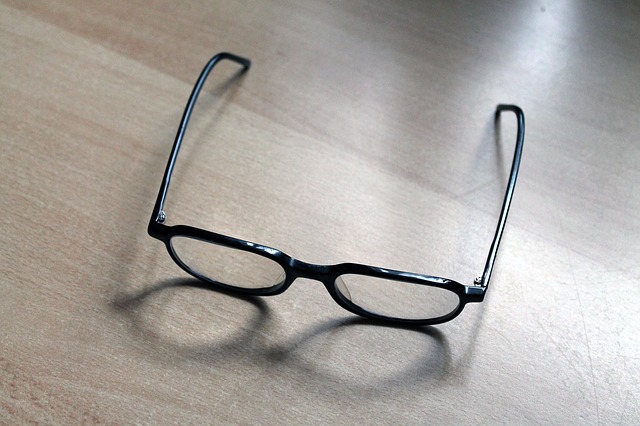Physical activity and occasional drinking found to be associated with decrease in vision impairment

A physically active lifestyle and occasional drinking is associated with a reduced risk of developing visual impairment, according to a study published online this month in Ophthalmology, the journal of the American Academy of Ophthalmology.
Visual impairment - sight loss often caused by eye disease, trauma, or a congenital or degenerative condition that cannot be corrected with glasses or contact lenses - is associated with a poorer quality of life and, when severe, loss of independence. In 2020, the number of people in the United States with visual impairment is projected to increase to at least four million. This is a 70 percent increase from 2000 and is due to the growing aging population and prevalence of age-related eye diseases.
To help determine ways to decrease the growing burden of visual impairment, researchers from the University of Wisconsin School of Medicine and Public Health examined the relationships between the incidence of visual impairment and three modifiable lifestyle behaviors: smoking, drinking alcohol and staying physically active. The research was conducted as part of the Beaver Dam Eye Study, a long-term population-based cohort study from 1988 to 2013 of nearly 5,000 adults aged 43 to 84 years.
The researchers found that over 20 years visual impairment developed in 5.4 percent of the population and varied based on lifestyle behaviors as follows:
- Physically active persons (people who engage in regular activity three or more times a week): Over 20 years, 6.7 percent of sedentary persons and 2 percent of physically active persons developed visual impairment. After adjustment for age, these figures show a 58 percent decrease in odds of developing visual impairment in those who were physically active compared to those who were sedentary.
- Occasional drinkers (those who have consumed alcohol in the past year, but reported fewer than one serving in an average week): Over 20 years, 11 percent of non-drinkers (people who have not consumed alcohol within the past year) developed visual impairment while 4.8 percent of occasional drinkers did so. After adjustment for age, these figures show a 49 percent decrease in odds of developing visual impairment in those who were occasional drinkers compared to those who consumed no alcohol.
- While the odds were higher in heavy drinkers and smokers compared to people who never drank heavily and never smoked, respectively, the associations were not statistically significant.
While the study provides risk estimates of associations of lifestyle factors with the incidence of visual impairment, the researchers caution that a limitation to their study - which is present in all epidemiologic research - is that the findings may be due, in part, to unmeasured factors related to both lifestyle behaviors and development of visual impairment. The data does not prove that these lifestyle behaviors are directly responsible for increased risk.
"While age is usually one of the most strongly associated factors for many eye diseases that cause visual impairment, it is a factor we cannot change," said Ronald Klein, M.D., MPH, lead researcher of the study. "Lifestyle behaviors like smoking, drinking and physical activity, however, can be altered. So, it's promising, in terms of possible prevention, that these behaviors are associated with developing visual impairment over the long term. However, further research is needed to determine whether modifying these behaviors will in fact lead to a direct reduction in vision loss."
© MD News Daily.
